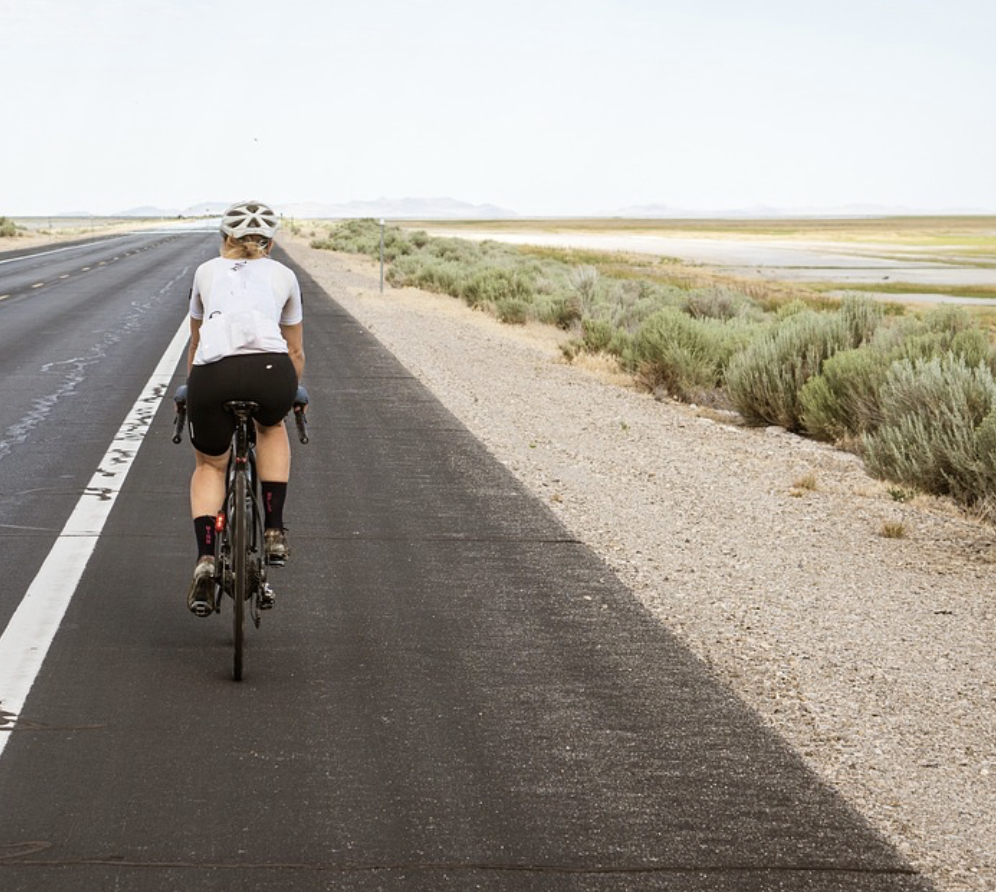
Cycling in Tenerife is a popular activity due to the island’s warm and sunny climate, varied terrain, and beautiful scenery. The canary island offers a range of cycling routes for all levels, from flat coastal paths to challenging mountain climbs.
One of the most popular cycling routes in Tenerife is the climb up to the Teide National Park, which is the highest point in Spain. The climb offers stunning views of the island and can be challenging due to the altitude and steep gradients. Another popular route is the Masca loop, which takes cyclists through scenic villages and offers spectacular views of the coastline.
Tenerife also offers many cycling events throughout the year, including the annual Tenerife Bike Festival, which attracts cyclists from all over the world.
Let’s look a little closer at cycling in Tenerife.
Is Tenerife good for cycling?
Yes, Tenerife is an excellent destination for cycling. The island offers a variety of terrain, from flat coastal roads to challenging mountain climbs, which makes it suitable for cyclists of all levels. Tenerife has warm and sunny weather throughout the year, which makes it an ideal destination for cycling holidays.
The roads in Tenerife are well maintained and generally quiet, especially in the rural areas, which makes cycling in Tenerife a pleasant experience.
What is the best month for cycling in Tenerife?

How long does it take to cycle around Tenerife?
Which area is best for cycling in Tenerife?
Tenerife offers a variety of areas for cycling, each with its own unique terrain and scenery. Here are some of the best areas for cycling in Tenerife:
- Teide National Park: This area is famous for its challenging climbs and spectacular views, making it a popular destination for experienced cyclists.
- Anaga Rural Park: This area is located in the northeastern part of the island and offers a variety of trails through forests and rural landscapes.
- Santiago del Teide: This area is located in the west of Tenerife and offers a variety of routes, including coastal rides and mountain climbs.
- La Orotava Valley: This area is located in the north of Tenerife and offers a variety of scenic routes through traditional villages and countryside.
- Costa Adeje: This area is located in the south of Tenerife and offers a variety of flat coastal routes that are suitable for beginners.
How hard is it to cycle up Mount Teide?
Cycling up Mount Teide can be a challenging experience due to its altitude, steep gradients, and variable weather conditions. The climb starts at sea level and rises to an altitude of 2,326 meters (7,631 feet) at the summit of Mount Teide, which is the highest point in Spain.
The climb to the top of Mount Teide is approximately 35 km (22 miles) long, with an average gradient of 5-6% and some sections reaching 10%. It is a demanding climb that requires a good level of fitness, and it can take between 3 and 5 hours to complete, depending on your pace and level of experience.
Cyclists should also be aware that the weather conditions at the top of Mount Teide can be very different from those at the base, with temperatures dropping significantly and strong winds being common. Therefore, it is important to be well-prepared with suitable clothing and equipment before attempting to cycle up Mount Teide.
Do you have to wear a cycle helmet in Spain?
Yes, it is mandatory to wear a cycle helmet in Spain when cycling on interurban roads or highways. This law applies to all cyclists regardless of age, and failure to comply with the law can result in a fine.
While cycling on urban roads in Spain, wearing a helmet is not mandatory for cyclists over 16 years of age, but it is recommended for safety reasons.
It is important to note that different regions in Spain may have slightly different regulations regarding cycle helmets, so it is advisable to check the local laws before cycling in a particular area. Nevertheless, wearing a helmet is always recommended for the safety of the cyclist, as it can help reduce the risk of head injuries in the event of an accident.
Can you get altitude sickness on Mount Teide?
Yes, it is possible to experience altitude sickness on Mount Teide, as the summit reaches an altitude of 3,718 meters (12,198 feet) above sea level. Altitude sickness is a common condition that can occur when people travel to high altitudes too quickly, causing a decrease in the amount of oxygen available in the air.
Symptoms of altitude sickness can include headache, nausea, dizziness, fatigue, and shortness of breath. These symptoms can range from mild to severe, and in extreme cases, altitude sickness can lead to more serious health problems.
If you are planning to hike or cycle to the summit of Mount Teide, it is important to take precautions to prevent altitude sickness. This includes taking time to acclimatize to the altitude by ascending gradually, staying well-hydrated, avoiding alcohol and caffeine, and taking medication if necessary.
It is also recommended to consult with a doctor before attempting to climb Mount Teide, especially if you have a pre-existing medical condition or are not used to high altitudes. By taking these precautions, you can minimize the risk of altitude sickness and enjoy a safe and enjoyable experience on Mount Teide.






